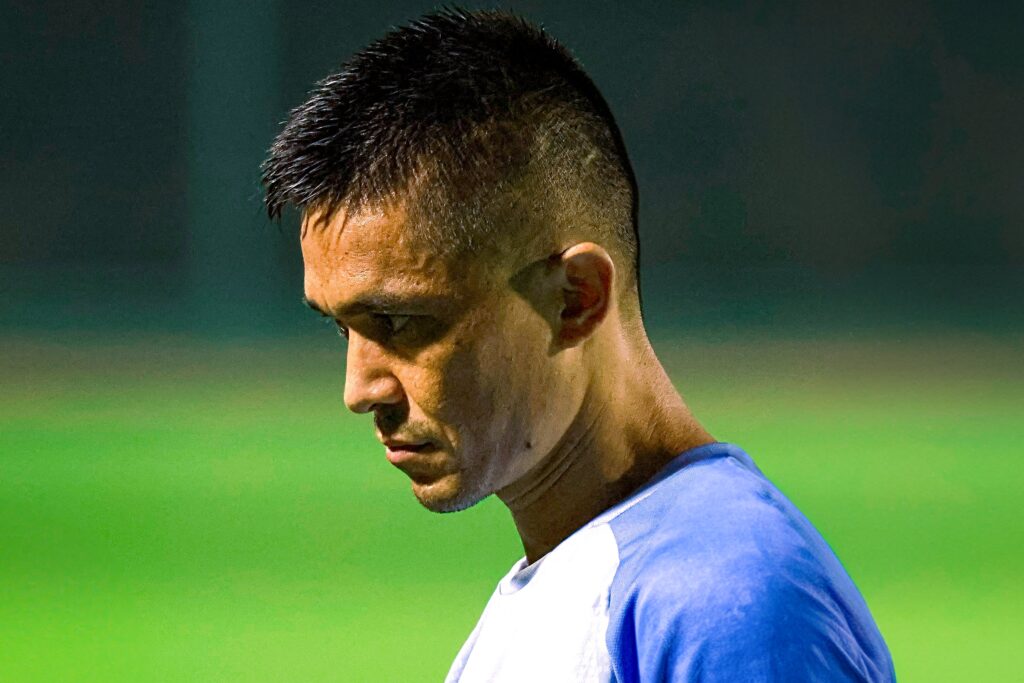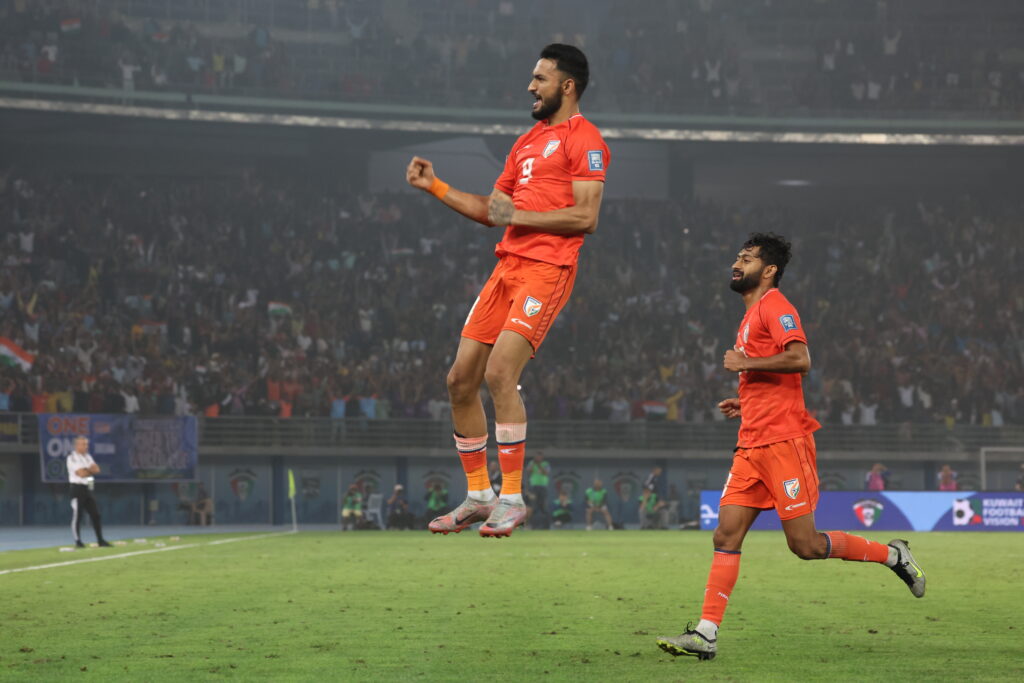
At one point, with the match in its closing stages and Qatar certain to take home the three points, Akram Afif had the ball on the left, deep in his own half. He nonchalantly pinged a diagonal ball 60 yards upfield. Fortunately for India, it was marginally overhit and Amrinder Singh in the India goal was able to avert danger before a Qatari player chased it down.
But that little passage of play illustrated just how much of a chasm still exists between India and the best teams on the continent. Remember too that Asia’s finest are now among the best in the world. Japan annihilated Germany 4-1 recently, leading to Hansi Flick – once so highly rated – losing his job as national coach. Afif’s Hollywood ball may not have found its target, but the vision and crispness of the strike was a reminder of why he was Asian Footballer of the Year in 2019.
In the last 12 months, Qatari football’s reputation has taken a beating. The World Cup on home soil was supposed to announce to the world that Asian football had new standard-bearers. Instead, the pressure of expectation crippled the players and three shocking displays saw them eliminated without so much as a point.
It’s hard to see Qatar retaining the Asian Cup that they won in 2019, especially if the likes of South Korea’s Son Heung-min and Japan’s Wataru Endo are released by Europe’s big clubs to play in the tournament. But the spine of a once-great team is still there. When Qatar won the continental title nearly five years ago, they did so while scoring 19 and conceding just one. It’s hard to find an instance in any tournament worldwide where one team has been so dominant.
Igor Stimac’s team selection may have raised eyebrows, especially among those buoyed by the victory in Kuwait a few days earlier. But Stimac is a pragmatist who knows how far India can go, and what they are fighting for. If India do get past Kuwait – not that two victories against Afghanistan should be taken for granted – they will have the dubious privilege of being thumped by some of Asia’s best teams.
But those are the painful steps that need to be taken if India are ever to be a football power. Playing Maldives, Nepal and Pakistan may boost individual statistics, but does nothing to lift overall standards. Outside of the Asian Cup, India’s best players have hardly played against the continent’s best. The third round of qualification, with all the pain it’s bound to bring, is essential for their evolution.

That there is progress is beyond dispute. Those who know only how to look at scores will crib that India had lost just 1-0 to Qatar in 2021. But look a little deeper and you can see the difference. Back then, India had just 26 percent possession, with the ball rarely even entering the attacking third. On Tuesday night, despite the scoreline, India had 46 percent of the ball. They didn’t play like a small team looking to limit damage. At various phases in the game, they went toe to toe with the Asian champions. Apuia in midfield produced a couple of lovely half-turns, found space to receive the ball and was generally unflustered apart from a wild swipe over the bar when the ball reached him just outside the area.
Without a doubt, that is India’s next big challenge. Sunil Chhetri is 39. And while anyone with a couple of weeks’ training can sink a ball through a basketball hoop, score a run or pot a ball, scoring a goal remains the hardest task in sport. That’s why the likes of Cristiano Ronaldo and Karim Benzema command a king’s ransom in the twilight of their careers.
Anirudh Thapa isn’t in the team to score goals, but defensive midfielder or not, his dreadful attempt with the outside of the boot when through on goal illustrated the lack of composure in front of goal. Sahal Abdul Samad came into this international window on the back of several eye-catching displays for Mohun Bagan, but he too snatched at his chance when released by a delightful pass from Suresh Wangjam.
Qatar were nowhere near their best at the Kalinga Stadium. They didn’t need to be. India definitely missed Akash Mishra’s rampaging runs down the left, and Gurpreet Singh Sandhu’s greater familiarity with the defence, but the most glaring void was upfront. The Asian Cup is surely the end of the road for Chhetri, but who after him? If he can reproduce his club form, Sahal may eventually grow into the No. 10 role, but what of the No. 9, the striker who will put away the chances and even create something out of nothing?
Almoez Ali was largely kept quiet, but was in the right place at the right time at the start of the second half to give Qatar the two-goal cushion. Such goal-poaching instincts can’t be taught. Arsene Wenger, in attendance in Bhubaneshwar and whose final years as Arsenal coach were blighted by the absence of a fox in the box, could tell you that.



